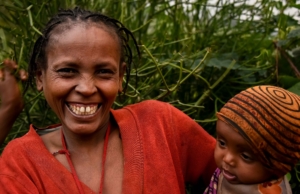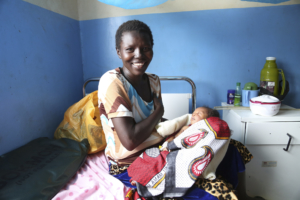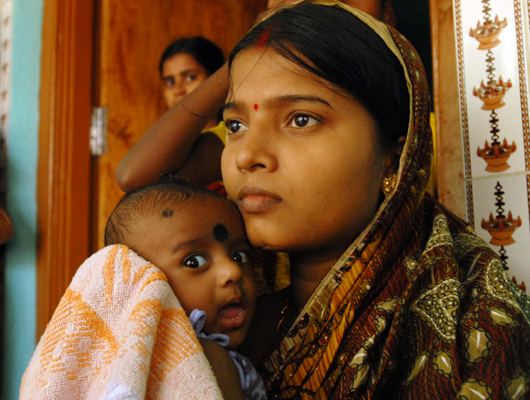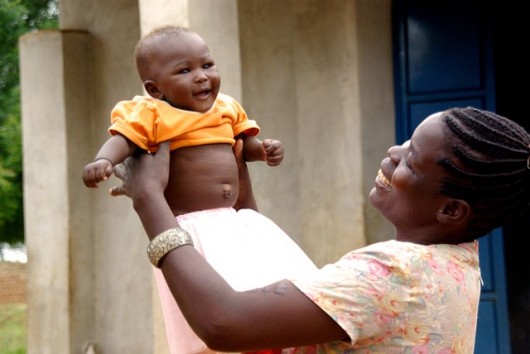 In September 2000, the United Nations launched the Millennium Development Goals (MDG): eight steps aimed at making the world a better place. These goals ranged from establishing universal primary education to slowing the spread of HIV/AIDS. The fifth goal in the MDG plan is to improve maternal health, with one of the specific targets being to reduce the maternal mortality rate by 75% between 1990 and 2015. The World Health Organization defines maternal death as “the death of a woman while pregnant or within 42 days of termination of pregnancy, irrespective of the duration and site of the pregnancy, from any cause related to or aggravated by the pregnancy or its management but not from accidental or incidental causes.” Unfortunately, the World Health Organization could only report a 44% decrease in global maternal mortality by the end of 2015. The African nation of Ghana was one of these countries that sat right at 44%. In comparison to the original goal, the overall statistics seem poor; however, a 44% decrease is still a notable feat. Here are three factors that have been especially influential in reducing the maternal mortality rate in Ghana.
In September 2000, the United Nations launched the Millennium Development Goals (MDG): eight steps aimed at making the world a better place. These goals ranged from establishing universal primary education to slowing the spread of HIV/AIDS. The fifth goal in the MDG plan is to improve maternal health, with one of the specific targets being to reduce the maternal mortality rate by 75% between 1990 and 2015. The World Health Organization defines maternal death as “the death of a woman while pregnant or within 42 days of termination of pregnancy, irrespective of the duration and site of the pregnancy, from any cause related to or aggravated by the pregnancy or its management but not from accidental or incidental causes.” Unfortunately, the World Health Organization could only report a 44% decrease in global maternal mortality by the end of 2015. The African nation of Ghana was one of these countries that sat right at 44%. In comparison to the original goal, the overall statistics seem poor; however, a 44% decrease is still a notable feat. Here are three factors that have been especially influential in reducing the maternal mortality rate in Ghana.
3 Reasons Why the Maternal Mortality Rate in Ghana has Decreased
-
Free maternal health services. Free services for those who could not afford to pay full price made a huge impact on pregnant women in Ghana. This assistance was especially helpful given that, at that time, the country used a “cash and carry” healthcare system that required upfront payments to receive attention from healthcare professionals. This requirement restricted low-income women from obtaining adequate maternal care. In 2003, affordable services were extended to all Ghanaian women—regardless of economic status—after the country adopted universal healthcare. The combination of universal healthcare and maternal health services provided by the United Nations enabled more women to schedule maternal care visits within their first trimester: in 2017, 98% of pregnant women received antenatal care by a professional, and 84% received postnatal care. With this improved accessibility, women could now monitor their babies’ health, prepare for any special cases and get the help they needed during pregnancy and following childbirth.
-
Midwives. About 79% of women giving birth in Ghana were assisted by a nurse or midwife, a trained professional who helps during pregnancy and labor. Due to lower education requirements relative to medical professionals, midwives are often more accessible than doctors. Despite less schooling, these individuals are still able to provide physical and emotional support throughout pregnancy, write prescriptions and advise mothers on safely preparing for labor. Two training schools have recently opened in Ghana, accompanied by a 13% increase in national enrollment.
-
High Impact Rapid Delivery Program (HIRD). The High Impact Rapid Delivery program was established by the Ministry of Health. This program addresses the need for quick and effective change in health policies to increase safety and maximize health within a given nation. Examples of high-priority items include promoting the use of iron tablets during pregnancy, guaranteeing skilled attendance during deliveries and regular de-worming. Of note, Project Fives Alive!, a group assisting HIRD from 2008-2015, advocated for stronger “coverage, quality, reliability and patient-centeredness” in the health industry. The initiative engaged future health professionals in a 12- to 18-month training program designed to quickly teach effective ways to improve their skills in caring for pregnant women and children under the age of 5. Project Fives Alive! made significant progress: the organization helped foster an 11% increase in skilled delivery, a neonatal care institution that boasted a coverage rate seven times higher than its baseline and representation in 33 of Northern Ghana’s 38 districts.
There has indeed been considerable progress in lowering the maternal mortality rate in Ghana over the past 25 years. However, there is still much progress left to make: the country still experiences an alarming rate of 308 deaths per 100,000 (2017), whereas the global rate stands at 211 deaths per 100,000. With continued help from the aforementioned initiatives, the development of new drugs and technology and a commitment to improving maternal health, there is hope that these numbers will further decline.
– Rebecca Blanke
Photo: Flickr

 The maternal mortality rate in Malawi is one of the highest in the world. The country
The maternal mortality rate in Malawi is one of the highest in the world. The country  The Southeast Asian nation of
The Southeast Asian nation of 

 In 2000, the U.N. agreed on eight Millennium Development Goals that it hoped to reach by 2015. Included among these goals: promoting gender equality and empowering women, reducing child mortality and improving maternal health. For the Philippines, improving maternal health is an extremely important goal since the maternal mortality rate of the Philippines was high—209 deaths per 100,000 live births as of 1993. The target for the Philippines is the reduction of the MMR to 52 deaths per 100,000 live births by 2015. However, while maternal mortality has been decreasing in the Philippines, it has not been falling at a fast enough rate.
In 2000, the U.N. agreed on eight Millennium Development Goals that it hoped to reach by 2015. Included among these goals: promoting gender equality and empowering women, reducing child mortality and improving maternal health. For the Philippines, improving maternal health is an extremely important goal since the maternal mortality rate of the Philippines was high—209 deaths per 100,000 live births as of 1993. The target for the Philippines is the reduction of the MMR to 52 deaths per 100,000 live births by 2015. However, while maternal mortality has been decreasing in the Philippines, it has not been falling at a fast enough rate.